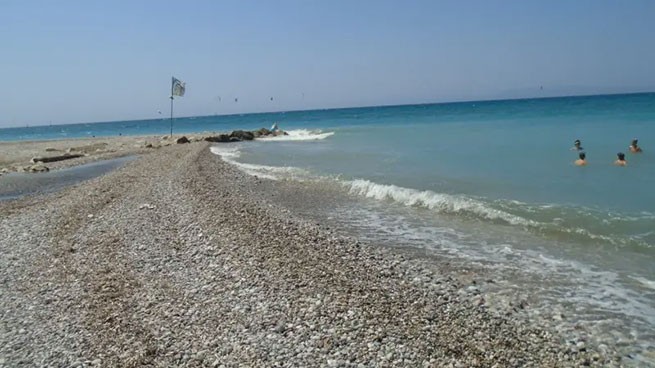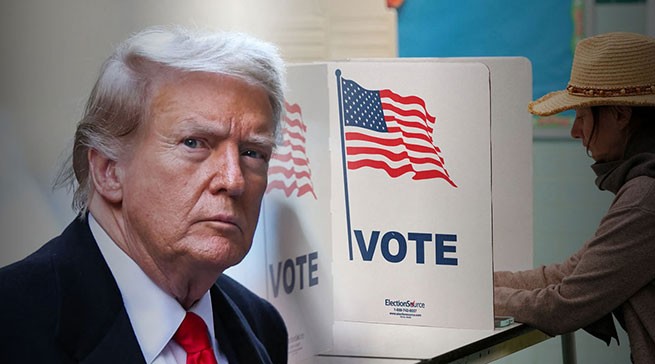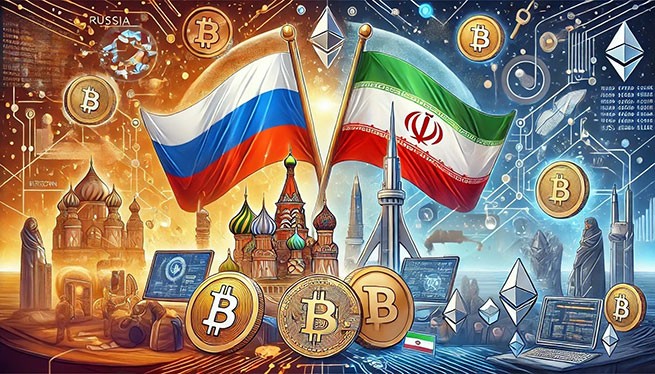Russia and Iran are skirting Western sanctions with cryptocurrencies and payment system integration. How will these measures strengthen their economies and reduce their dependence on the US dollar?
Following a recent change in Russia's cryptocurrency laws, El Salvador has proposed using cryptocurrencies in trade with the BRICS alliance to abandon the US dollar. According to Russian diplomat Alexander Ilyukhin (Russia is chairing BRICS this year), this measure will simplify trade operations, since the US dollar is the official currency of the Central American country.
On Tuesday, July 30, 2024, Russian lawmakers shocked the world by allowing the use of cryptocurrencies in international trade. The legislation, which will come into force in September, will allow Moscow to avoid Western sanctions. El Salvador has also expressed interest in trading using cryptocurrencies.
Iran's Main Resources
Iran has been living under Western sanctions since 1979, which were imposed by the United States. 35% of Iran's total land area could be used for growing crops, but for a variety of reasons, only 12% of the land is currently in use.
Because of the huge oil reserves In Iran, the country is considered an energy superpower. According to official Iranian government data, the country's crude oil reserves were estimated at 132.5 billion barrels, which is about 15% of the total reserves of all members of the Organization of Petroleum Exporting Countries. After the discovery of deposits in the Bushehr area, Iran's oil reserves increased by about 32%.
Iran also has huge reserves natural gas. They are among the largest in the world, as Iran accounts for about 18% of the world's reserves. Iran officially joined BRICS on August 24, 2023.
American sanctions limit Iran's oil trade, so the country trades its resources on the world market using gray schemes: Iranian oil is bought by both Asia and Europe. Cryptocurrencies are also used in trade, which are now very useful for the country. For example, the Binance crypto exchange helped to bypass sanctions against Iran by conducting cryptocurrency transactions with Iranian companies worth more than $900 million. America conducted investigations.
Cryptocurrency Market and Mining in Iran
According to forecasts from analysts at Statista Market Insights, the Iranian cryptocurrency market will grow by approximately 14.47% (2024-2028) and reach a volume of $211.9 million by 2028. The development of the industry is associated with the growing demand for cryptocurrencies in trade, the development of mining against the backdrop of cheap electricity and support from the state.
In August 2019, Iran recognized cryptocurrency mining as an industrial activity and began issuing licenses to miners. The licensing process is simple to the minimum: it is necessary to provide data on the mining equipment, information on its location and the source of electricity. All mined bitcoins must be sold to the Central Bank of Iran. A special tariff for electricity has been established for miners. Despite the lack of excess electricity generation in Iran, the state allocates volumes for mining, making a strategic bet on this.
The first law on cryptocurrencies in the country was adopted in 2019. It was decided that cryptocurrencies are not a means of payment, and transactions with them will not have any official status. The use of virtual currencies in trade was generally prohibited. In August 2022, the government allowed the use of cryptocurrencies to import goods into the country. Mined bitcoins can now be sold within the country through banks for foreign economic activity.
Iran's largest crypto exchange Nobitex occupies more than 90% of the market in the country. Iran legalized cryptocurrencies in 2022 and recognized them for foreign trade transactions. Within the country, the circulation of cryptocurrencies is limited, crypto exchanges are subject to licensing and are under state control.
Russia and Iran: Common Problems and Solutions
Russia also passed a law on crypto assets on July 30, 2024. Today, Russia and Iran are in similar conditions: both countries are experiencing colossal pressure from sanctions (Russia is the absolute record holder for the number of such restrictions, but Iran's economy has suffered more seriously, it is 13 times smaller than Russia's). The financial systems of both countries are disconnected from SWIFT due to sanctions. Solutions to the problems:
- SWIFT. Moscow and Tehran have completed work on integrating the Mir and Shetab payment systems, said Mohammad Farzin, head of the Iranian Central Bank. According to Farzin, Shetab could be launched in Russia by the end of August 2024. He also spoke about signing an agreement on liquidity of national currencies to facilitate bilateral trade. “At the bilateral meeting of the heads of the central banks of Iran and Russia on the sidelines of the financial congress of the Bank of Russia, which took place on Thursday, July 4 in St. Petersburg, a currency agreement was signed to provide (exchange) liquidity to national currencies for commercial transactions,” IRNA quotes the head of the Iranian Central Bank as saying. Farzin added that the offshore rial will soon be used in trade operations with Russia.
- Cash withdrawal. Starting from August 22, Iranians will be able to withdraw rubles from Russian ATMs using their Shetab cards, and in the next stage, Russians in Iran will be able to do the same using Mir cards.
Supporting BRICS initiatives
Iran will focus on supporting Russian initiatives on a single currency and expanding payments in national currencies within BRICS. This was stated by Iranian Ambassador to Russia Kazem Jalali at a meeting with Russian Presidential Advisor Anton Kobyakov in Moscow, TASS reported. “The parties considered the participation of the Iranian delegation in the BRICS summit, which will be held in Kazan on October 22-24, as well as in the BRICS business forum in Moscow on October 17-18. According to Jalali, Tehran intends, as part of its participation in the events, to focus on supporting the initiatives of the Russian presidency, including the creation of the BRICS currency and the expansion of mutual settlements in the national currencies of the association's countries,” the statement said.
Author's opinion. Thus, it can be said that Iran and Russia have found ways to circumvent Western sanctions and are using cryptocurrencies and integrating their financial systems to facilitate bilateral trade. These measures will help both countries strengthen their economies and reduce their dependence on the US dollar.







More Stories
Medicines: rising costs for citizens
BRICS and G7: New Energy Race and Struggle for Resources
AADE Prepares Digital Client List for Freelancers – Who Does It Concern?